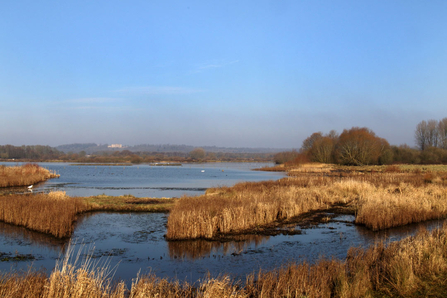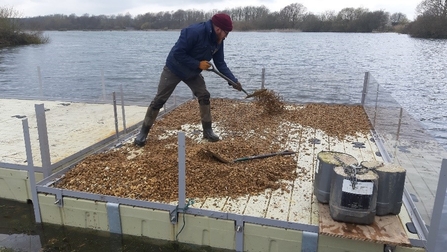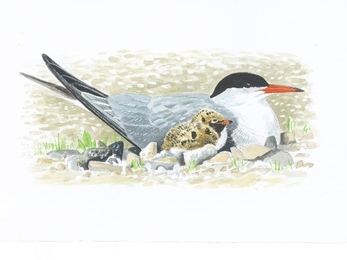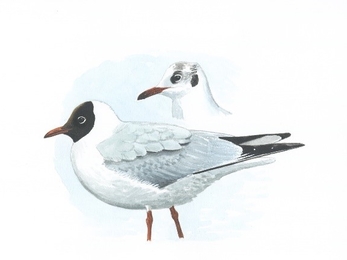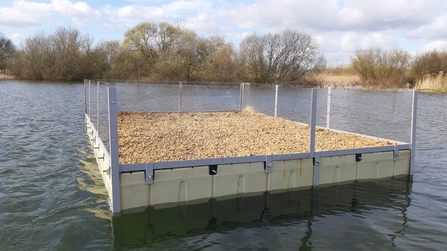Here at Rutland Water Nature Reserve, we have lots of wildlife and amongst this, we have many species of birds.
To encourage breeding on our reserve we build and create artificial nesting opportunities for various bird species, from small bird boxes to large owl boxes, artificial sand martin banks, and Tern rafts.


